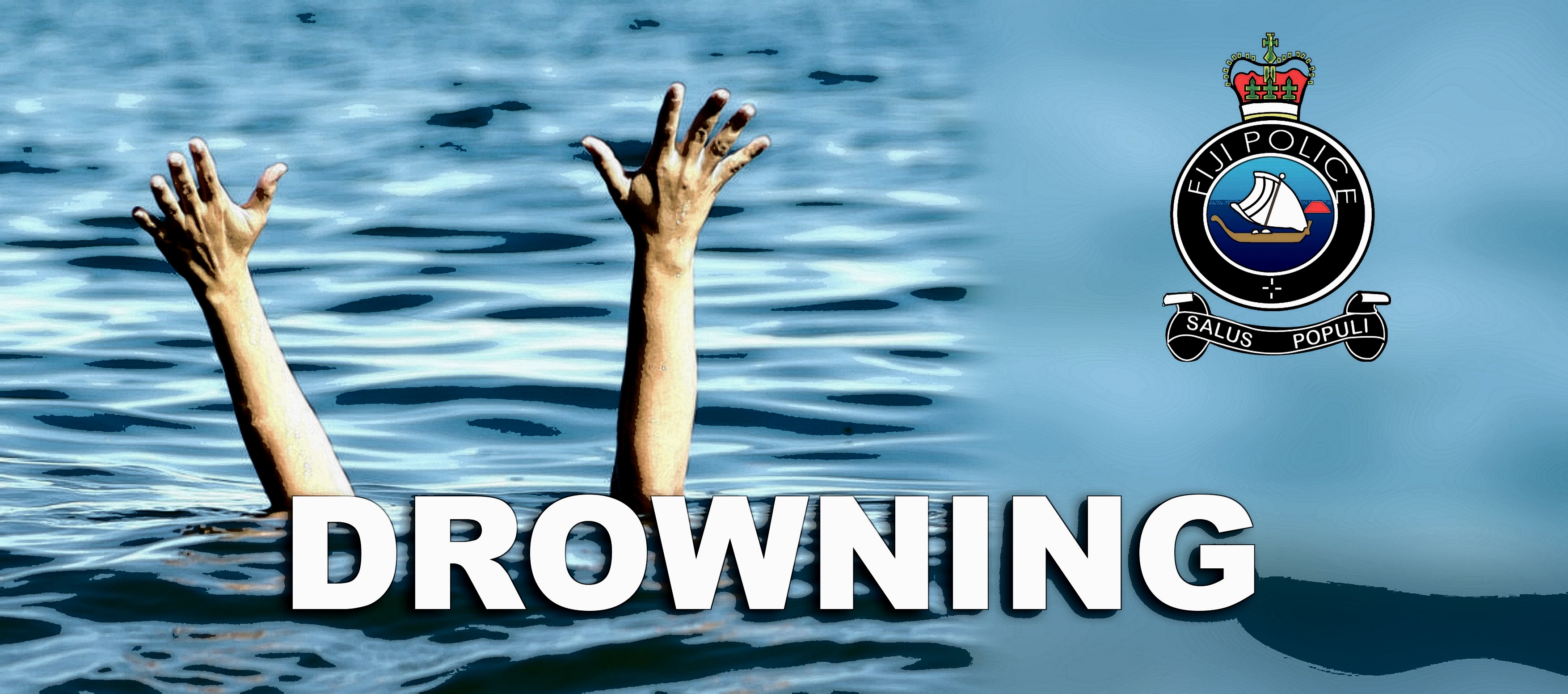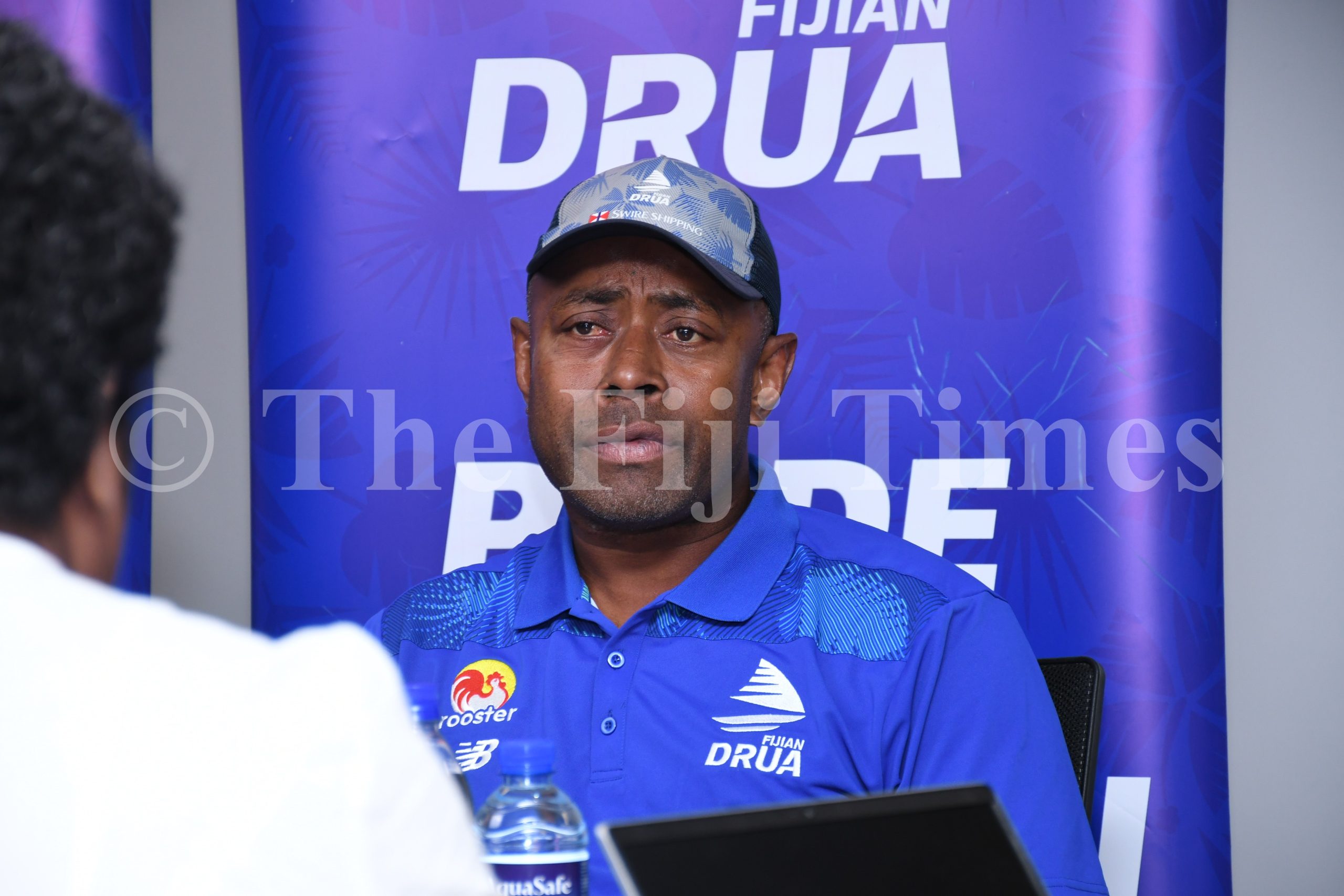The revelation that an 11-year-old student is alleged to have drowned in the Sigatoka River earlier this week will once again raise the issue of water safety.
The victim, according to police, travelled from Suva with her parents, and had gone swimming without their knowledge.
Police spokesperson Ana Naisoro said the victim had been warned not to go out swimming before the tragic incident happened.
Her parents were alerted after other children informed them that she had disappeared from the swimming spot.
Her body was recovered after a search, and attempts by a National Fire Authority officer to revive the victim were unsuccessful, Ms Naisoro said.
As police investigations continue, the drowning death toll stands at 31 compared with 38 for the same period last year.
According to the World Health Organization, drowning is the third leading cause of unintentional injury death worldwide, accounting for 7 per cent of all injury-related deaths.
There are an estimated 236,000 annual drowning deaths worldwide, it states.
Global estimates, it stated, may significantly underestimate the actual public health problem related to drowning.
Children, males and individuals with increased access to water, it stated, were most at risk of drowning.
According to WHO stats, in 2019, an estimated 236,000 died from drowning, making it a major public health problem worldwide.
Over half of the world’s drowning occurred in the Western Pacific regions and South-East Asian region.
Perhaps it is apt that we remind ourselves about water safety once again.
Ideally we all should be quite capable swimmers. You’d assume that considering the fact that we are surrounded by the Pacific Ocean.
We have many rivers, streams and creeks around our islands.
One would think there are many reasons for parents and guardians to encourage children to learn to swim.
Unfortunately it isn’t so.
We do not live in an ideal world.
Not everyone is a good swimmer, and there are understandably many reasons for that.
In an ideal world, we all would understand and appreciate water safety.
As parents and guardians, we can’t take anything for granted.
So adhering to water safety tips becomes a critical element in the fight against drowning.
At one stage Fiji stood to lose an average $6.9 million a year through drowning.
Figures released during a stakeholder meeting of the Fiji Water Safety Council in Suva in April, 2012, revealed we suffered a loss of $89.5 million from 1999 to 2011 through drowning.
Drowning statistics hit an all-time high in 2005 when 68 people died.
It cost the economy $9,956,589.60.
Back in 2012, police estimated an average of 48.5 people drowned annually.
This, it said at the time, amounted to about five people for every 100,000 with our population at approximately 900,000.
So let’s be reminded about the importance of water safety and why we must make it our business.
Let’s be proactive, and let us appreciate the power of nature.
Let’s place value on water safety.
Stay well and stay safe!






